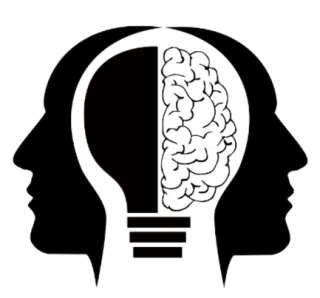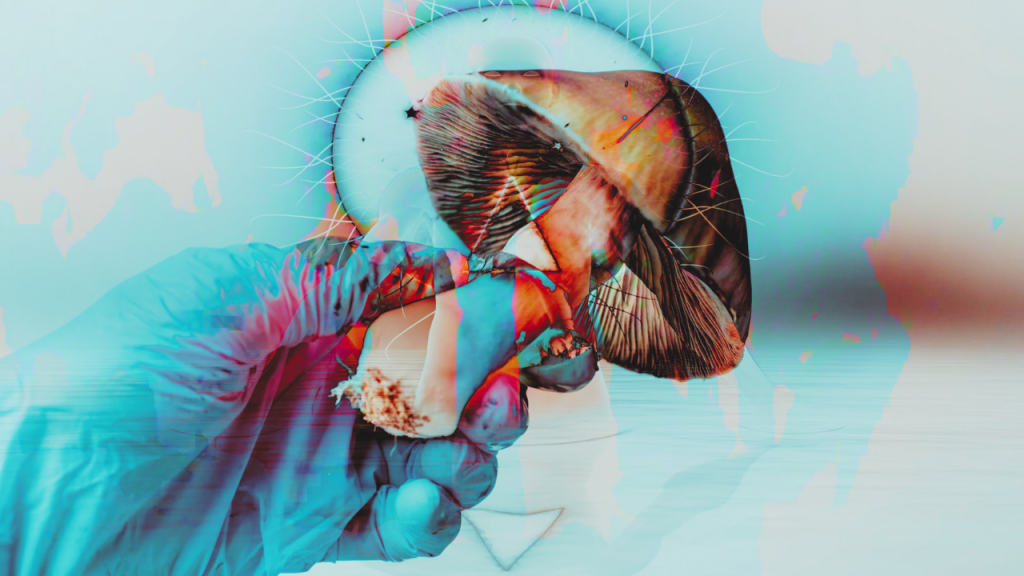Psychedelics like LSD, psilocybin (found in shrooms), and DMT have long been associated with consciousness-expanding experiences, spiritual awakenings, and emotional breakthroughs. But beneath the mystical storytelling and clinical PR campaigns lies a simple chemical truth: these compounds are alkaloids, the plant kingdom’s biological weapons—evolved to poison, repel, or modify the behavior of small animals and insects that come into contact with them. However, in low doses, their toxicity becomes subtle modulation in humans relative to their body weight. In higher concentrations or with the wrong metabolic conditions, their effects can be disorienting, overwhelming, or even traumatic. And what these compounds target above all is serotonin.
These alkaloids—LSD, shrooms, and DMT—interact with the serotonergic system in unique ways, primarily by acting as agonists at the 5-HT2A receptor, particularly in the cortex. In doing so, they temporarily uncouple the prefrontal cortex from limbic inhibition, generating vivid perceptions, distorted associations, and what many call “ego death.”
What’s important to understand is that individuals with poor mitochondrial function—those in a hypometabolic state due to chronic stress, poor diet, inflammation, or low thyroid output—will metabolize these substances differently. They are more likely to experience disorganized, dysphoric, or emotionally volatile responses to psychedelics (bad trips). This is because they lack the energy reserves necessary to buffer and integrate the acute neurochemical storm unleashed by alkaloid ingestion.


Start the discussion at forum.apophdolia.com